Just recently Reuters reported the breaking news that Tesla was negotiating with CATL to make cobalt-free batteries for Gigafactory China’s Tesla Model 3s. And with other YouTubers putting out some really good videos diving into Tesla’s possible move to prismatic Lithium Iron Phosphate battery cells instead of Nickel Cobalt Aluminum cylindrical cells, I thought it was a good time to break down the difference between cylindrical, prismatic, and pouch style batteries. As well as how the CATL battery chemistry they may be using will affect the Chinese Standard Range Model 3. And stay through the end because there’s an aspect of this news that I think may be off the mark.
If you haven’t seen the videos that Gali put together on CATL, as well as Sean’s confirmation of Tesla moving to prismatic, and possibly Lithium Iron Phosphate (LFP) instead of Nickel Cobalt Aluminum (NCA). But for this video I wanted to dig into a little more detail on the differences between the battery formats, how they’re made, why they’re chosen, and what the change in battery chemistry means. Including the fact that the CATL batteries don’t use cobalt.
All lithium batteries are made up of a few basic components. The positive electrode, or cathode, is usually something like Lithium Iron Phosphate (LFP) or the Nickel Cobalt Aluminum (NCA) formulas I mentioned before. Then there’s a perforated separator to keep it isolated from the negative sheet, or anode, which is usually a compound of a carbon material like graphite. Finally, all of this will be filled with a liquid electrolyte that allows the free flow of ions back and forth between the anode and cathode during charging and discharging.
There are a myriad of chemical formulations for the cathode, anode, and electrolyte that have profound impacts on specific energy, specific power, voltages, life cycles, and more. And in case you aren’t familiar with specific energy, it’s often referred to as energy density. It’s how many Wh/kg (Watt hours per kilogram) the battery is capable of storing.1 And specific power is how much power output a battery is capable of divided by its mass. One way to think about it is it’s like your kitchen faucet. When you open the tap of your faucet all the way, how much water is it capable of allowing to flow through at once. Specific energy is storage. Specific power is flow.
So that’s the basics of a battery, and I have a video that dives deeper into it if you’d like to see more. I’ll include a link in the description. There are three common forms that you’ll most often see when it comes to EVs, storage, and consumer electronics.
Cylindrical
Cylindrical cells have been around since the 1950’s, and it has a few good benefits right from the top. The manufacturing technique has improved significantly over the last few decades leading to lower cost per kWh and the cylindrical structure offers excellent stability, which means it can withstand high internal pressures2 and doesn’t deform or change size.
When manufacturing a cylindrical battery, the cathode, anode, and separator are spread out in thin sheets, which are then rolled up like a jellyroll. Because the cathode and anode are rolled, they have to be kept fairly thin to avoid cracking during the rolling process. After they’re rolled, they’re cut into segments and wrapped in a metal protective case.
The shape and casing makes them a great option for EVs because they offer extra structural stability when laid out in the battery pack. However, they aren’t the most efficient use of space because of all of the gaps the cylinders create. But this can actually help when designing a battery cooling system for thermal management, which is exactly what Tesla did with their liquid cooled battery packs. There are cooling structures woven through those gaps that make it easy and efficient at maintaining temperatures to ensure peak performance and long battery life.
Another advantage of the small cylindrical cell when applied to a larger EV battery pack is that you’re able to spread the load across a massive number of cells. We’re talking about thousands of cells. This can help to extend the lifespan of the entire pack because it’s spreading the load and reducing stress on individual cells. The battery management system can adjust and target charge and discharge rates for each cell to take advantage of this setup. And if a cell goes bad, you’re losing a much smaller percentage of the overall battery pack than a larger format battery cell.
Prismatic
Prismatic cells were first introduced in the early 1990’s and are jelly rolled or stacked. The jelly rolled process looks somewhat similar to the cylindrical method, but the final result is a rectangular, flat shape. The stacked method folds separate segments of anode and cathode between a folded separator. One benefit of this approach is that you can use thicker cathode and anode layers since you don’t have to worry about cracking during the folding process. The final battery is wrapped in a box that can be made in a variety of dimensions, but the case is important to provide structure and compression.3
Since the prismatic cell is contained in a rectangular box, it loses some of the mechanical stability of the cylindrical cell, which means it needs slightly thicker walls. This can result in a small drop in capacity, but that’s made up for with a more efficient use of space compared to a cylinder.4 However this can make it more challenging when designing a thermal management system because it’s more difficult to extract heat from the larger format cells. The Nissan Leaf uses prismatic cells and ran into problems because Nissan didn’t design active cooling into their battery packs. This caused rapid degradation with their battery packs.5 It’s a solvable problem, but something to keep in mind. And unlike cylindrical battery failures, when a prismatic cell goes bad it means you’re losing a larger percentage of the overall battery pack.
Pouch
Pouch cell construction made its appearance in 1995. Instead of using a hard case like prismatic cells, it relies on a laminated bag only. The big benefit of this approach is that it’s lightweight, cost-effective, and can be easily shaped to fit any need, which is somewhat similar to prismatic batteries. Pouch style batteries have the best packing efficiency at 90-95%. However, since it’s only a soft pouch, considerations have to be taken into account for swelling, pressure, and protection. They’re the most susceptible to heat and humidity, as well as expansion of the cell.6
Over the years I’ve heard debates why one format is better than another. Why companies like Tesla chose the cylindrical format over prismatic batteries, which must mean that cylindrical is the clear and best choice. Right? In reality it comes down to cost and what’s the most effective format for the chemistry and use case. For years cylindrical cells have been the cheapest to manufacture, but that’s changed in recent years. Prismatic cells aren’t that different cost-wise from cylindrical cells anymore.7
There’s a research paper from a few years ago in the Journal of Power Sources8, written by Professor Whitacre from Carnegie Mellon University, that compared the manufacturing costs between cylindrical and prismatic cells. Different chemistries can affect the performance and cost effectiveness of each choice. But the part that stuck out to me was:
“Prismatic cells, which have more design flexibility to account for specific chemistry characteristics, can be larger, requiring less hardware per kWh and reducing costs.”
Which leads to CATL specifically because they unveiled a cell-to-pack manufacturing process that no longer requires modules within the pack. This process can increase the mass-energy density by 10-15%, improve volume efficiency by 15-20%, and reduce the number of parts by 40 percent.9 Those kinds of gains of cell-to-pack will be a huge savings on the battery pack costs, which is something that Elon talked about on the Third Row Tesla Podcast.
Chemistry
Which leads me into the most interesting note from the CATL report, which is that these prismatic batteries are Lithium Iron Phosphate (LFP) instead of Tesla’s usual Nickel Cobalt Aluminum (NCA). Tesla is known for having some of the highest specific energy battery packs in the industry, which means you’re packing in a lot more energy per kilogram. The benefit is a smaller, lighter weight battery pack that can achieve the same range as a larger, heavier, less efficient battery pack.
NCA batteries have a specific energy of around 260 Wh/kg, but could be up around 300 Wh/kg.10 Cycle life is also very good at around 500 – 1000 full charging cycles. Tesla battery modules can get around 1,500 cycles.11
There are some downsides to NCA chemistries though, which include cost and safety. They’re more susceptible to temperature variations, which can affect performance and longevity. And they also use cobalt, which is a thorny issue regarding human rights in some cobalt mines in areas like the Democratic Republic of Congo.12 It’s also a very expensive element, so cutting it out would also reduce costs. Tesla has been working to remove cobalt from their batteries and their current NCA chemistry has one of the lowest in the industry at 3%.13
In comparison, LFP batteries have no cobalt in them at all. Originally developed by John B. Goodenough’s research team in 1996, the LFP chemistry benefits from long cycle life, thermal stability, and excellent safety. You’re typically looking at charging cycles that are higher than NCA. And the high specific power and thermal stability means you can achieve charging times similar to regular supercharger rates of Tesla’s 150kW or less.
The downside is a much lower specific energy than NCA batteries. Instead of 260 Wh/kg, you might be looking at 120 Wh/kg14, but CATL has shown their LFP batteries capable of 190 Wh/kg and may be closing in on 200 Wh/kg.15 The voltages are also slightly lower than NCA batteries at a nominal 3.3V or 3.6V on the high end. This ultimately won’t matter too much when you chain all of the cells together. In the final battery pack, you should still be able to achieve the 360V needed.
Conclusion
So what does this mean for the Tesla CATL report that they may be going with prismatic LFP cells for the Chinese Standard Range Model 3? From an owner’s perspective, they shouldn’t notice any meaningful difference at all. Tesla will need to account for the more challenging thermal cooling situation of prismatic batteries, but the LFP chemistry handles temperature variations better than NCA. The LFP chemistry means they’ll need to take up more volume and weight with a larger battery to hit the same kWh to achieve the Standard Range mileage, but that should be achievable with the shortest rage models since space isn’t as much of a premium.
But there’s a big wrinkle here. I wonder if we’re all jumping to conclusions about the switch to LFP because Tesla has actively been working on their own cobalt free chemistry for a while now. Elon has been teasing some major battery news at the upcoming battery and powertrain investor day event.
“And we’ll have more to talk about this in detail in Battery Day, like I said probably April, we’ve got a very compelling strategy. I mean, we are super deep on cell — super deep, cell-through battery, so cell module battery. Drew, anything you want to add to that?” – Elon Musk
“Thanks. I think you said it all.” – Andrew D. Baglino — Chief Technology Officer
“We are super deep.” – Elon Musk
“Yes. I mean, it’s a …” – Andrew D. Baglino — Chief Technology Officer
“Rabbit hole goes down pretty far.” -Elon Musk
“Well, like I said, we’re going to talk about this in Battery Day, which is probably April. And then a lot of these questions will be answered. I think it’s going to be a very compelling story that we have to present. I think it’s going to actually blow people’s minds. It blows my mind, and I know it. So it’s going to be pretty cool.” -Elon Musk 16
Tesmanian has a report that this may not be a switch to LFP at all based on a Tweet from an official Chinese Tesla account. When asked if Tesla China would be using CATL’s LFP cells, the response was:
“Thanks for the question. All we can say right now, please stay tuned for the Battery Day in April, cobalt free, not only for LFP.”
Switching between cell formats isn’t trivial. It would be very expensive to jump between prismatic and cylindrical batteries if you had to retool a manufacturing line, so this is probably going to be a longer term commitment. And for that I would not be surprised if Tesla does switch to CATL’s cell to pack prismatic manufacturing. There’s a significant cost savings going that route.
But will this be moving to LFP as well? The current LFP chemistry that CATL has is impressive, but it doesn’t strike me as the ultimate formulation that Tesla is going to be moving towards. Professor Jeff Dahn’s research team has been working on future formulations that Tesla has yet to announce. Internally, Tesla has a project codenamed, “Roadrunner,” which is aiming for a more energy-dense and cheaper battery cell along with other improvements.17 Moving to LFP now would be all about cost savings more than anything else because it’s not more energy-dense. By one analysis the Tesla pack level costs $158 per kWh right now.18 CATL’s prismatic LFP battery will potentially save 25% in production costs. If that’s true then the cost could be around $119 per kWh, so a clear reason to move that direction now. Just remember … CATL’s prismatic cell to pack system would be a big money saver on its own. Maxwell Technologies Dry Battery Electrode techniques will also be a big money saver. And the yet to be announced new chemistry will be a high energy density that’s also cost effective. That’s why I’m not as confident in the LFP reporting. But as Elon said, battery investor day is coming in April, so we’ll know a lot more then. But if there was one thing I hope everyone takes away from this video, it’s that there’s a lot of variety and nuance with battery technology. Cell structures and chemistries can be applied in a crazy number of ways to achieve different results for a specific situation. There’s not a “one size fits all.” And there’s still a lot of advancements being made on those chemistries.
Special thanks to Ravindra Kempaiah for his materials expertise, advisement and research
Video B-Roll from MIT Technology Review – Copyright © 20XX, All rights reserved MIT Technology Review; www.technologyreview.com
1: http://batteryuniversity.com/learn/article/battery_definitions
2: A Structure of Cylindrical LIthium-ion Batteries
3: http://batteryuniversity.com/learn/article/types_of_battery_cells
4: http://www.epectec.com/batteries/prismatic-pouch-packs.html
5: http://cleantechnica.com/2018/09/29/nissans-long-strange-trip-with-leaf-batteries/
6: http://www.epectec.com/batteries/prismatic-pouch-packs.html
7: http://batteryuniversity.com/learn/article/types_of_battery_cells
8: Comparison between cylindrical and prismatic lithium-ion cell costs using a process based cost model
9: http://www.xinhuanet.com/english/2019-09/13/c_138389934.htm
10: http://batteryuniversity.com/learn/article/types_of_lithium_ion
11: http://insideevs.com/news/375459/tesla-model-3-50k-miles-battery-degradation/
13: http://www.theverge.com/2018/6/21/17488626/elon-musk-cobalt-electric-vehicle-battery-science
14: http://batteryuniversity.com/learn/article/types_of_lithium_ion
16: http://cleantechnica.com/2020/02/01/elon-musk-alien-technology-is-coming/
17: http://electrek.co/2020/02/26/tesla-secret-roadrunner-project-battery-production-massive-scale/
18: http://chargedevs.com/newswire/tesla-to-use-prismatic-cells-for-chinese-model-3-says-new-report/



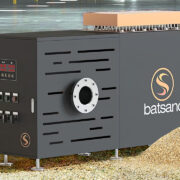
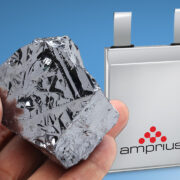

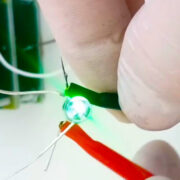
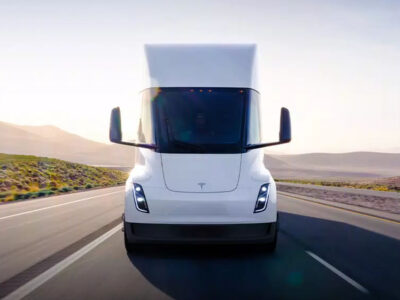
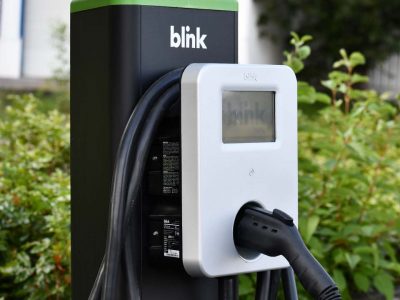




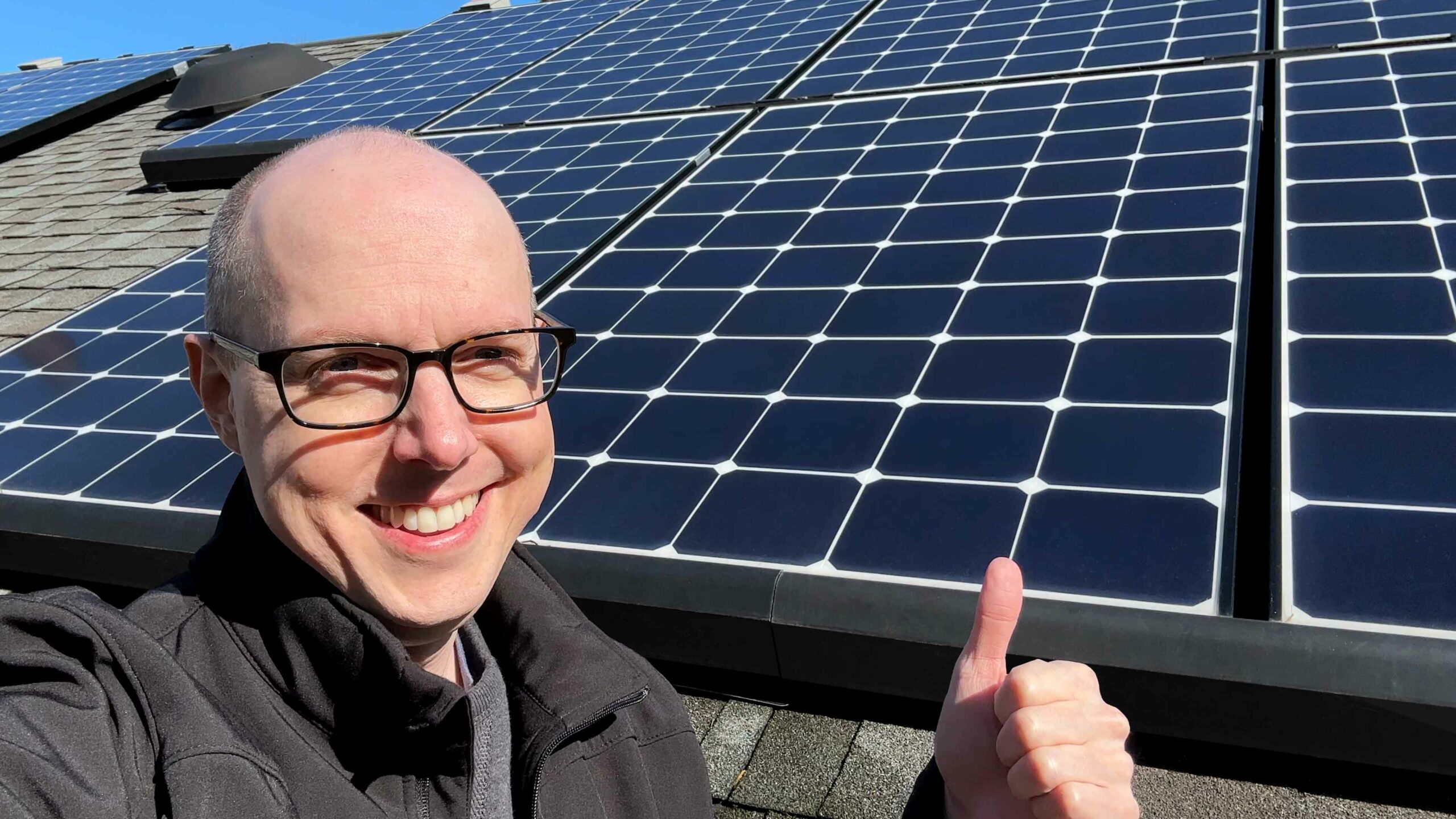

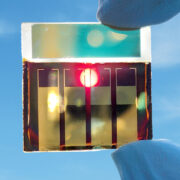
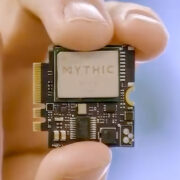
Comments